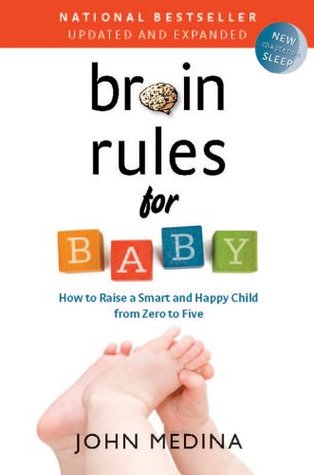More on this book
Community
Kindle Notes & Highlights
by
John Medina
Started reading
May 22, 2025
The entrepreneurs might land on an idea, but their first inclination would be to tear it apart, even if it was self-generated. They displayed an incessant need to test things:
Self-control
Mischel found that children who could delay gratification for 15 minutes scored 210 points higher on their SATs than children who
Once the brain has chosen relevant stimuli from a noisy pile of irrelevant choices, executive function allows the brain to stay on task and say no to unproductive distractions.
3. Creativity
A second set of findings associates creativity with risk taking.
There is a type of risk taking that does, however, and the research community calls it “functional impulsivity.”
creative entrepreneurs have functional-impulsivity instincts in spades. They score atmospherically high on tests that measure risk taking, and they have a strong ability to cope with ambiguity. When their brains are caught in the act of being creative, the medial and orbital sectors of the prefrontal cortex, regions just behind the eyes, light up like crazy on an fMRI. More “managerial types” (that’s actually what researchers call them) don’t have these scores—or these neural activities.
At birth, your baby can distinguish between the sounds of every language that has ever been invented.
Professor Patricia Kuhl, co-director of the Institute for Learning and Brain Sciences at the University of Washington,
A real live person has to come into the room and speak the language directly to the child.
Human learning in its most native state is primarily a relational exercise.
You can literally rewire a child’s brain through exposure to relationships.
We now know that infants do not gain a more sophisticated vocabulary until their fine-motor finger control improves. That’s a remarkable finding. Gestures are “windows into thought processes,” McNeill says.
Babies need face time
they prefer any human face over any monkey face,
universal basic emotions are happiness, sadness, surprise, disgust, anger, and fear.
Innovator’s DNA study.
• They were great at a specific kind of networking. Successful entrepreneurs were attracted to smart people whose educational backgrounds were very different from their own.
They closely observed the details of other people’s behaviors.
There are four nutrients you will want in your behavioral formula,
breast-feeding, talking to your baby, guided play, and praising effort rather than accomplishment.
The brain’s day job is not learning
The brain is not interested in learning. The brain is interested in surviving.
If you want a well-educated child, you must create an environment of safety. When the brain’s safety needs are met, it will allow its neurons to moonlight in algebra classes.
1. Breast-feed for a year
breast-feeding, in short, makes babies smarter.
2. Talk to your baby—a lot
feedback. You can reinforce language skills through interaction: looking at your infant; imitating his vocalizations, laughter, and facial expressions; rewarding her language attempts with heightened attention.
Remember, it takes a real live person to benefit your baby’s brain, so get ready to exercise your vocal cords.
a high-pitched tone and a singsongy voice
helps a baby’s brain learn language.
Even reading to a 3-month-old is probably good, especially if you hold the child close and allow her to interact with you.
The next nutrient in our fertilizer is self-generated play,
Hurray for play!
The making-baby-smart product industry—fashioning toys that are the opposite of open-ended (what could be more claustrophobic than a DVD for infants?)—is a multibillion-dollar industry.
Indeed, the box the flashcards come in is probably more beneficial to a toddler’s brain than the flashcards themselves.
Studies show that, compared with controls, kids allowed a specific type of open-ended playtime were:
More creative.
Better at language.
Better at problem solving.
Less stressed.
Better at memory.
for example, kids who pretended they were at the supermarket remembered twice as many words on a grocery list as controls.
More socially skilled.
The social-buffering benefits of play are reflected in the crime statistics of inner-city kids.
If low-income kids were exposed to play-oriented preschools in their earliest years, fewer than 10 percent had been...
This highlight has been truncated due to consecutive passage length restrictions.
For children exposed to instruction-oriented preschools, that figure was...
This highlight has been truncated due to consecutive passage length restrictions.
Is play the method of learning something, for example, or is it merely practice or consolidation of skills that are already developing?
Not just any type of open-ended play will give you the extraordinary findings. The secret sauce is not unstructured, do-anything-you-want play.


